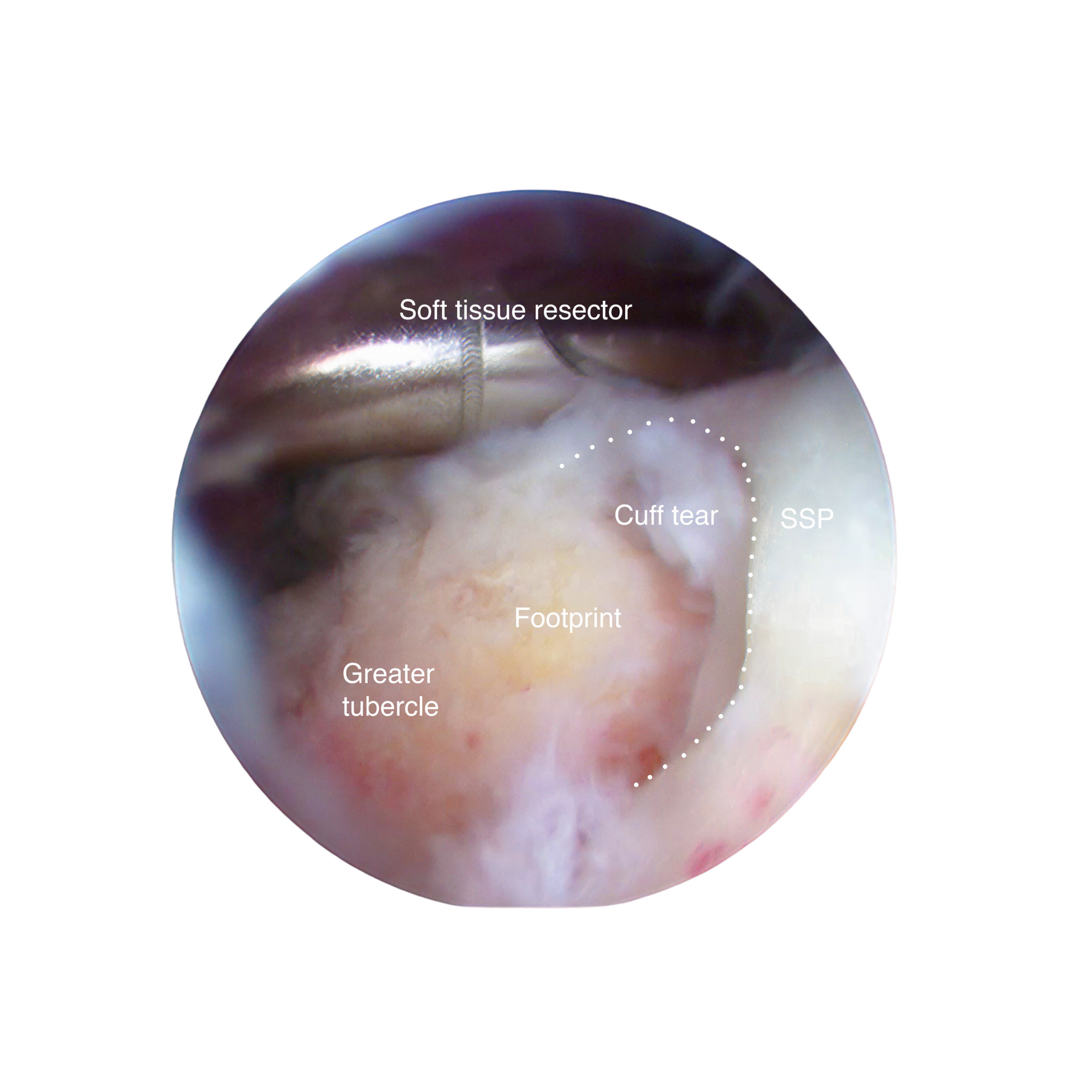Hand & Wrist problems
Discover Relief for Hand & Wrist Problems
At shoulder2wrist, we understand the impact that hand and wrist problems can have on your daily life. Our dedicated team is here to offer effective solutions for a wide range of wrist issues:
Pain: Wrist pain can stem from various conditions, and our specialists are committed to identifying the root cause and providing targeted treatment.
Stiffness: Whether following an injury or related to arthritis, our expert care aims to reduce stiffness and improve wrist mobility.
Nerve Compression: Nerve-related symptoms like pins and needles or weakness are skillfully addressed by our experienced team.
Tendon Problems: With numerous tendons in the wrist and hand, we are equipped to diagnose and treat a variety of tendon-related problems.
Ganglions: Swellings linked to degenerative changes in the wrist joint are expertly managed through our comprehensive care.
Fractures: From wrist fractures to metacarpal and scaphoid fractures, we have the expertise to provide the best course of action for optimal recovery.
Taking Steps Towards Relief
For self-care and initial management of wrist problems, consider the following measures:
Splints: Supportive splints can aid in stabilising the wrist and promoting healing.
Painkillers and Ice Packs: Simple yet effective tools to reduce inflammation and alleviate pain.
If your symptoms persist or affect your quality of life, it's essential to seek professional treatment:
Physiotherapy: Tailored exercises and therapies can improve wrist function and reduce discomfort.
Injections: Our specialists may recommend injections to effectively manage pain and inflammation.
Surgical Solutions: In rare cases where other treatments are not sufficient.
At shoulder2wrist, our goal is to provide comprehensive and compassionate care, guiding you towards improved hand and wrist health. Don't let hand and wrist issues hold you back - take the first step by scheduling a consultation with our experienced team today.
What is carpal tunnel syndrome?
Carpal Tunnel Syndrome (CTS) is a condition caused by increased pressure on the median nerve at the wrist. This causes various symptoms, such as numbness, tingling and pain in the hand and forearm. It can also cause weakness in the thumb.
Causes of carpal tunnel syndrome
There are many known causes of CTS, but most cases have no obvious cause identified. Since Diabetes and Thyroid disease can cause CTS we often ask your GP to test you for these prior to referral. Some causes are reversible and therefore symptoms can be managed until such a time as they improve (i.e. pregnancy).
Symptoms of carpal tunnel syndrome
CTS causes pain, numbness and tingling in the thumb, index, middle and ring finger. The most trouble is seen at night and during certain activities. In severe and long-term cases, there may be permanent loss of feeling and strength in the thumb.
How is it diagnosed?
The story and examination of a patient with CTS is often very suggestive and may be all that is required. If the diagnosis is in doubt we will refer you for nerve conduction tests which will also tell us how severely the nerve is damaged.
Treatment of carpal tunnel syndrome without surgery
Change of employment status, rest, wearing a wrist splint or anti-inflammatories can all help to improve symptoms. An injection of cortisone into the carpal tunnel can help, especially if the nerve compression is associated with inflammatory conditions.
Treatment of carpal tunnel syndrome with surgery
During the operation we release the carpal tunnel to provide more space for the median nerve. This is performed through a small incision in the palm, under local or regional anaesthesia. Local anaesthetic is injected directly into the palm and regional anaesthetic is given as an injection into the arm by the anaesthetist. We tend not to recommend general anaesthetic (asleep) as there are risks and recovery is slower.
After Surgery
After surgery a bulky bandage is applied that can be removed around one week at the earliest. Your GP practices nurse can remove the stitches and dressings at 2 weeks postop. You can then begin to use your hand normally again. Usually, the pain and tingling settle quickly after surgery, although the scar may remain sensitive for longer. Any loss of strength will improve very slowly.
What is trigger finger?
A trigger finger describes a finger that locks in the bent position and then suddenly straightens associated with pain in the palm. It is caused by thickening of the tendons of a finger, which then becomes stuck within a tight tunnel or pulley through which the tendon glides. Those in most people there is no cause identified, it is more common seen in inflammatory arthritis, gout and diabetes.
What are the symptoms of trigger finger?
Symptoms can range from pain and swelling at the base of the finger to a jumping or triggering feeling when the finger is straightened, especially in the morning. Eventually, the finger can completely lock.
Treatment of a trigger finger
If the trigger finger is because of localized inflammation with a relatively short history then a single injection of steroid may get rid of the problem. When the symptoms are long standing, a minor surgical procedure may be necessary. Under local anaesthesia, the pulley at the bottom of the finger is opened so that the tendon can glide smoothly again. The finger can be moved immediately after the procedure. The most rare but serious risk is an injury to a nerve that supplies sensation to half of your finger.
Aftercare
After the surgery the bandage should be removed on Day 3 but the finger should be moved immediately. At two weeks, the stitches are removed and you can use your hand normally. Very rarely the finger becomes stiff in which case physiotherapy may be needed.

Introduction
Wrist fractures are common is people of all ages, normally as a result of either a significant trauma (the young) or simply a fall from standing height (the elderly). You may have broken the end of your radius, the end of your ulna or both.
In Clinic
Your surgeon will review your x-rays, ask what happened and will examine your hand. In addition they may ask you some questions about your general health. If the fracture is severe and requires surgery, a CT scan may be arranged.
Treatment Options
Nonoperative in a cast – for stable undisplaced fractures
Manipulation into a cast – to improve the position of a wrist fracture to prevent surgery being required.
Surgery to wire or plate the fracture – for displaced unstable fractures (see Surgery for your Wrist Fracture).
Recovery
The time it takes to recover depends on how bad your fracture was and how it has been treated. With a cast or wires we normally prevent movements in the wrist with a cast for around 5-6 weeks. If your fracture is fixed well with a plate you can move it immediately after surgery as pain allows. We will tell you what you can and cannot do following your surgery.
Introduction
The Scaphoid is a small bone on the thumb-side the wrist, which is commonly fractured accounting for 15% of all acute wrist injuries. That said, it is often quite difficult to see the fracture on x-rays and therefore, these fractures can be easily missed even by experienced eyes!
In Clinic
Your surgeon will ask about your general health and activity levels before examining you, which may cause you some pain as they press on the scaphoid bone. They will review your current imaging and may request repeat x-rays or a CT scan if the diagnosis is unsure or surgery planned.
Types of Fracture
The scaphoid can be fractured in one of the three places
Closest to the thumb – Distal pole fracture
Closest to the wrist – Proximal pole fracture
In the middle – Waist fracture
Most distal pole and waist fractures are managed without surgery in contrast to proximal pole fractures that are unlikely to heal because of poor blood supply and fixation gives them the best chance of healing.
Treatment Options
Nonoperative in a cast
You will be in cast for a minimum of 6 weeks. Some fractures will still not heal following this, especially fractures closest to the wrist; they may require surgery.
Operative
Surgery is sometimes necessary to reduce the fracture if displaced or to allow early mobilization. Even with surgery there is still a risk the fracture might not heal. The risks of surgery include – infection, stiffness, painful scar and the scaphoid not healing requiring further surgery.
Recovery
With immobilisation, the wrist becomes quite stiff quickly. Whether you have an operation or not this is the main reason why physiotherapy is vital to achieve the best outcome. We will review you around 6 weeks and 3 months with x-rays to check that the fracture is healing.
